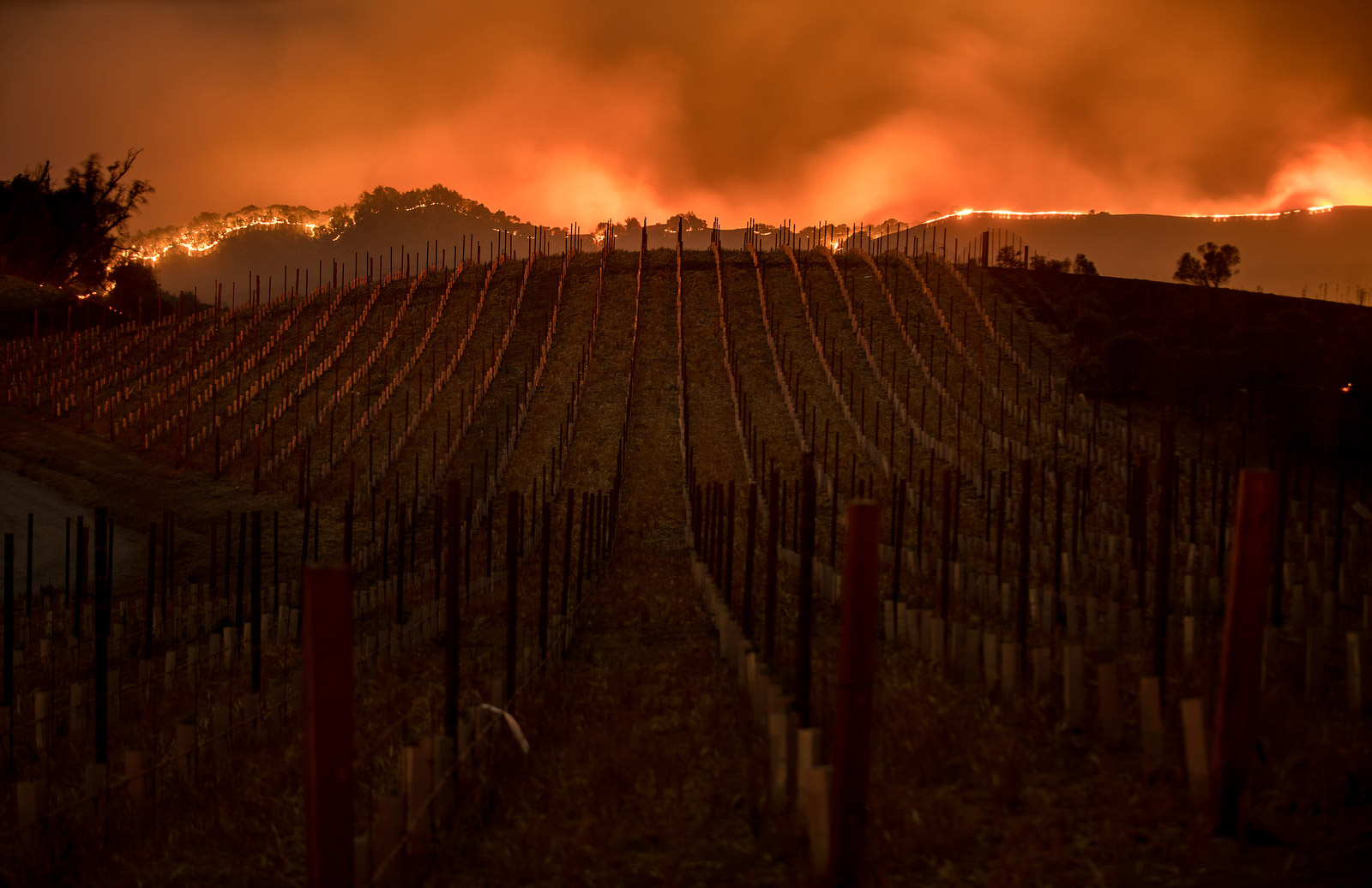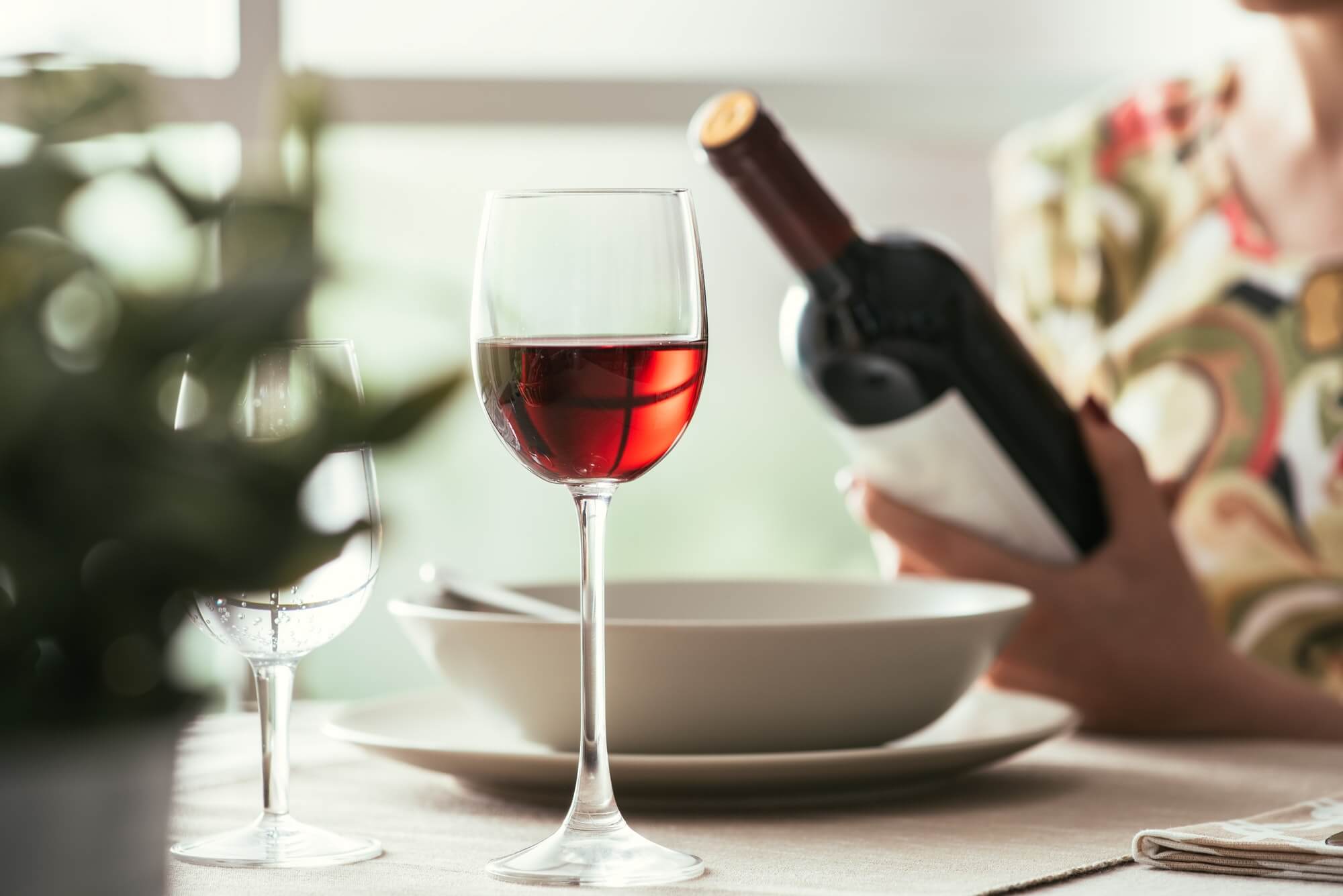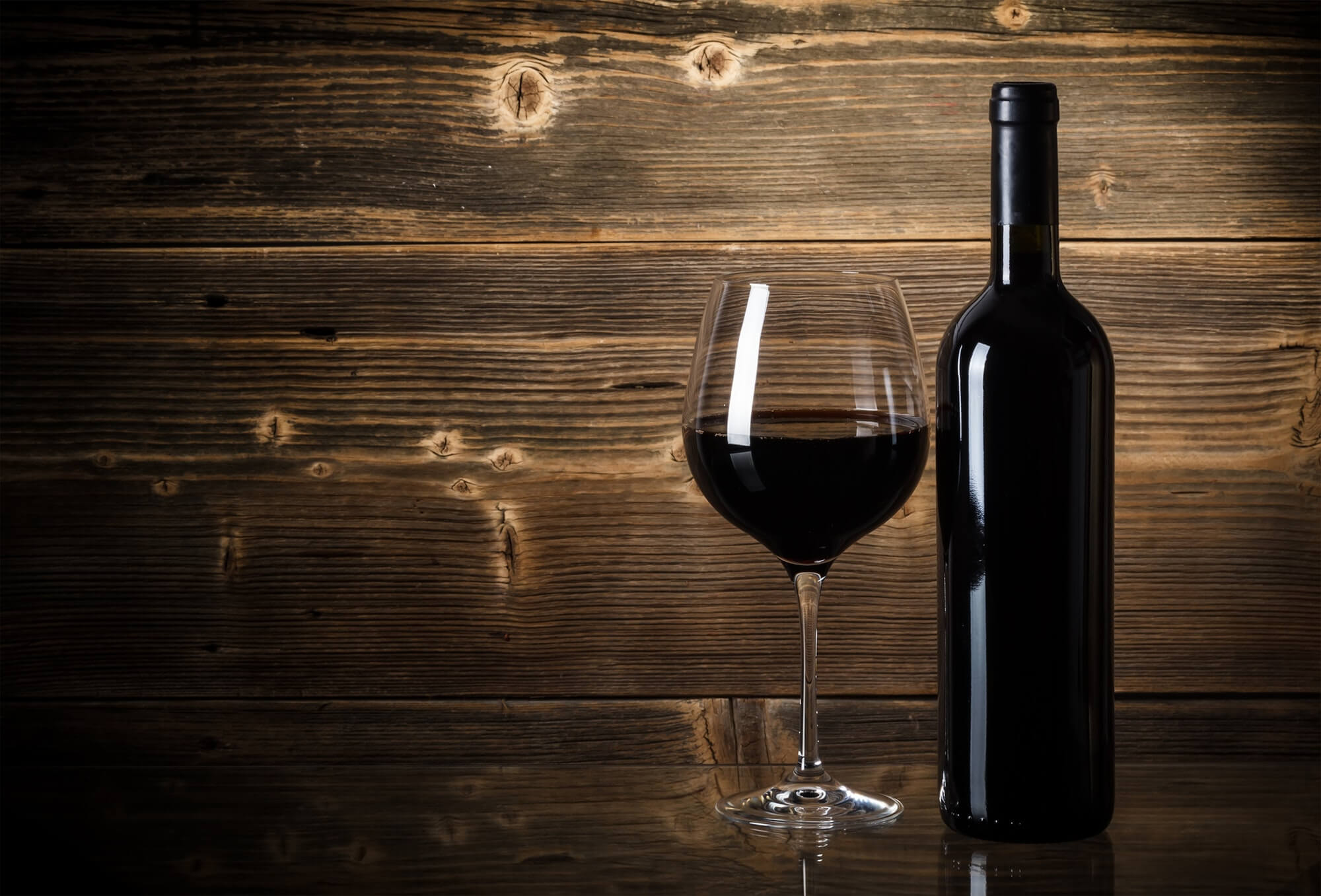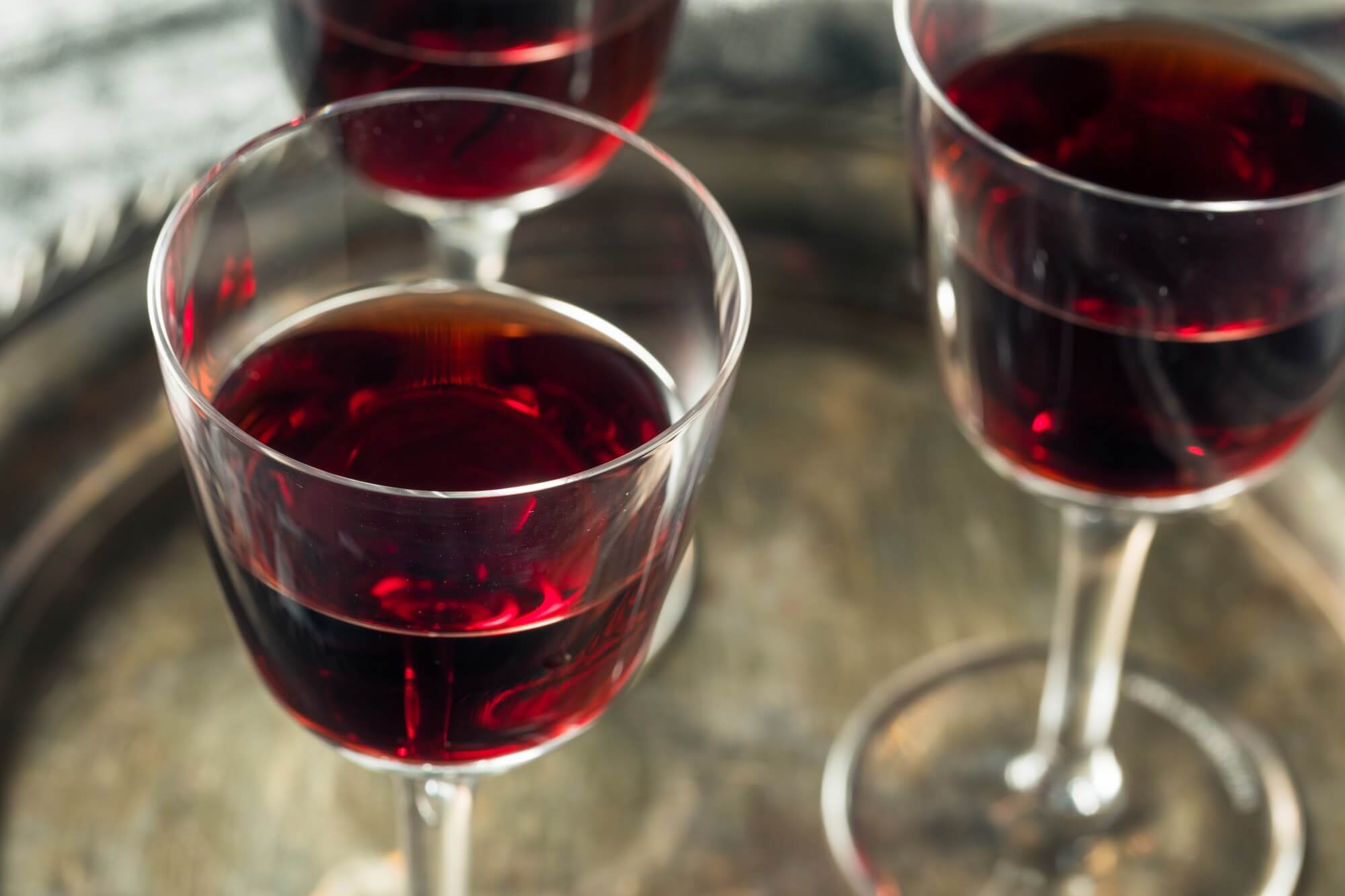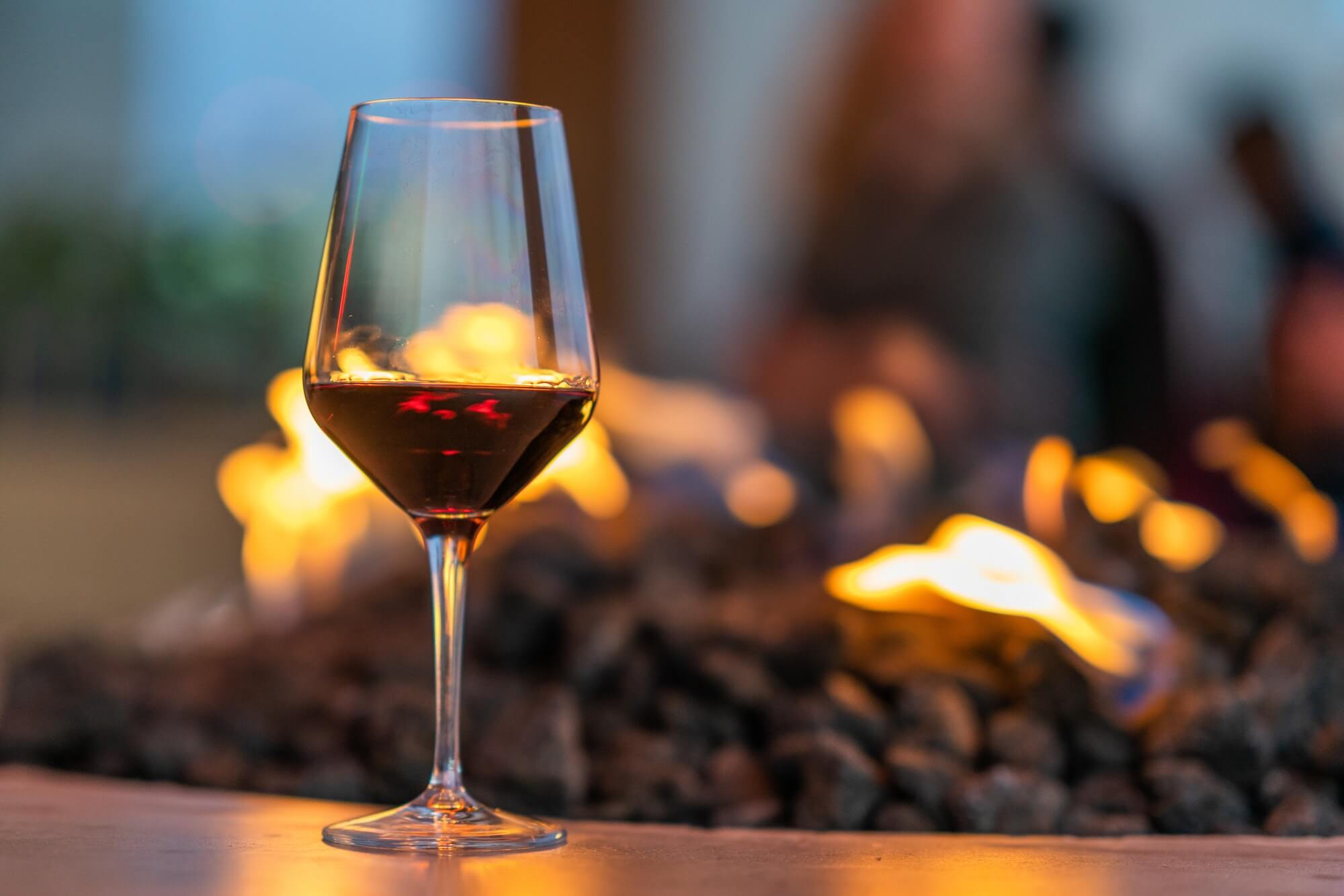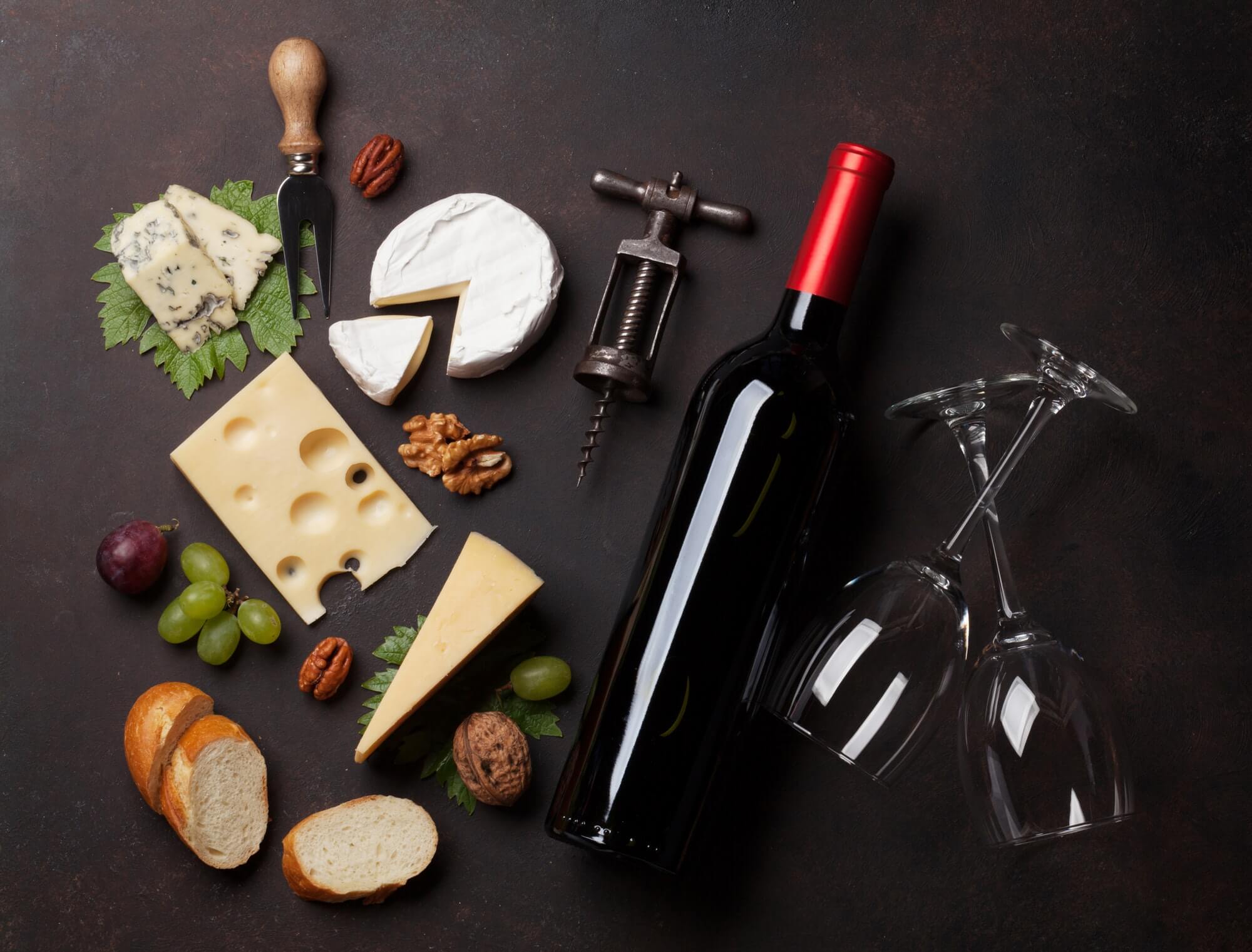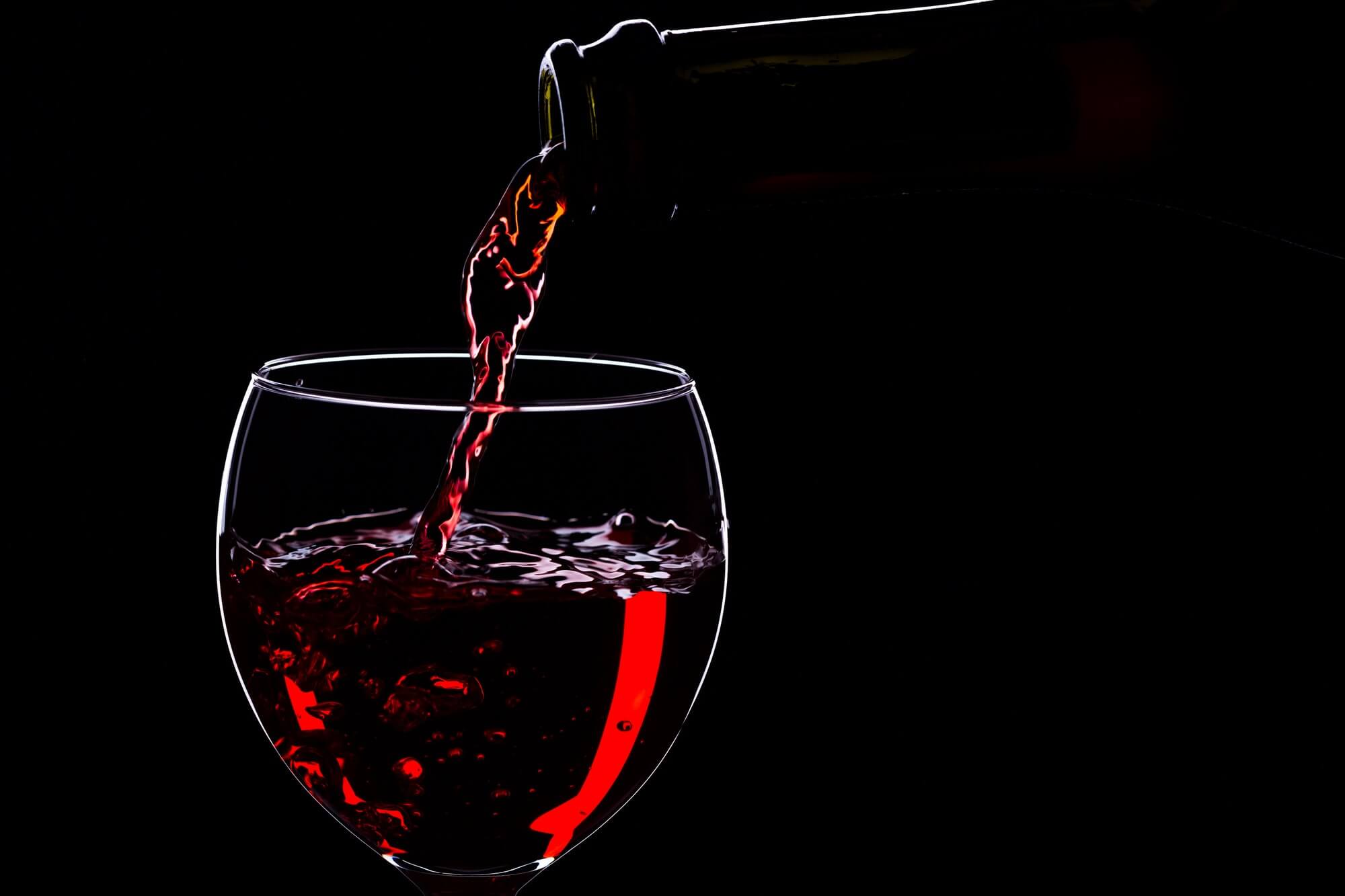
Where are Wine Sales?
If the early 2020s have shown us anything is that wine sales and consumption is continuing on a downward trajectory, within Europe and also here in North America. The question is why and can something be done?
The answers are both simple and at the same time, complicated. There are things that can be done looking at other alcoholic beverages that had to work very hard on marketing to compete with the wine demographic. As usual, creativity would be indeed the answer.
Once upon a time wine, in the traditional wine and food cultures, they were exactly that, part of eating habits; we sat, we ate and drunk wine both as a source of nutrition and socializing.
Distillates, fortified products and even beers, although their golden era may have been up until the early 20th Century, slowly fell by the wayside. Some of this was due as the latter part of the 20th Century started the movement of better quality wine consumption as opposed to mass wine consumption. With the ever increasing DUI laws that were now starting to be implemented consistently and universally, distillates, fortified and others found themselves on the outside looking in, while wine was somewhat spared and remained on the inside as the only real alcoholic beverage of the masses.
The distillate industry in the late 20th Century needed an answer, and it was not going to be easy and required some outside the box thinking. There was one thread that they could look at the wine industry and realize that it did have a deficiency and if properly targeted, there could be many opportunities. It needed to be a special way or reinventing itself and without the funding of what beers always had from huge multinationals for TV advertising, it needed to be a sort of grassroots approach.
The one tool they could notice with wine patterns was two fold, the older generations who grew up with wine as a staple, were the larger demographics. Generations Y & Z were not following in the path in two major ways. The first was the rather small wine consumption and at the same time their not being brand loyal. For traditional wine producing nations, this posed a serious problem but for new producing wine regions and especially unknown grape varietals, it offered opportunity worthy of these two important generations.
With the way of smart phones in our every day life, these generations are willing to try anything and if they like they continue and if not, in a second will try something else. They are receptive to new products and also are not willing to pay restaurant markups as older generations were; a group of friends get together in one home, each one brings a bottle of wine and a food dish and let’s have a great party between friends at a very affordable cost.
Distillates of any sort, be it grain or fruit based had something to grasp at; if they do not want to pay high, why not make it about alcohol. Why try to sell your traditional Cognacs, Armagnac and so on if it was viewed as passé and overpriced?
Hence allow the invention of the premium cocktails. You want an old fashioned, no more well level cocktails… What kind of Bourbon would you like, from the entry level all the way to the most expensive. Yes, one usually would not want to spend premium distillates prices on a cocktail, but the marketing allure to a younger generation was there. You can now go clubbing on a weekend with friends and order exotic premium cocktails. With the premium approach you can now easily charge $20, $30 and even more per drink; garnish it with exotic garnishes and a wow presentation and the execution was flawless.
From there everyone jumped on the bandwagon. From top end Tequila cocktails, to Cognac, even Pisco and Cachaça based cocktails had an avenue now. What retailer or restaurant ever thought of carrying Pisco in North America, not to belittle our Peruvian and Chilean brethren who live and die for this delicious spirit. And there was your grassroots without a lot of marketing dollars taking off. Gradually many restaurants started to jump on the bandwagon and offer it to get part of the bar business. Some small amounts of them even cut back on the wine program and expanded on cocktail programs. At the end of the day, four $30 cocktails between a couple not only is it an easy sell since they do not see the initial large sticker price, but also it is visually very pleasant to see on a table and inventory can be manageable.
For now it seems as though the wine industry has not tried to adapt to these two new generations, but rather try a not very successful approach of mixing “wine cocktails”, your hard seltzers by the bottle or can, Sangria and others, (again, this is not taking away a drop from the delicious Spanish beverage).
Wine, to a large extent is still stuck in the mid 20th Century, a beverage of either the classes that could afford the “luxury” or those that consume inexpensive products for the purposes of having wine with their food. Ultimately, this thinking is also lacking inclusivity and diversity, sort of a slap or deficiency that screams against what Generation X & Z stand for.
While the fashion, electronics and other major industries are catering to Generation Z from their early teenage years and less, understanding they can have a lifetime consumers, distillates understood and with creativity started to reach these demographics, while now wines are really on the outside looking in. To a lesser extent even some fortified are making a comeback through interesting food and/or repackaging or reinventing themselves (Sherry and Madeira come to mind).
Are there easy and quick solutions other than throwing boatloads of money into marketing, on the surface perhaps not. But dig a little deeper and see that there are many opportunities.
Why do we see so many Tequila products for examples sponsored by the NFL? Why are so many Whiskeys branded by many NHL teams? Attend these games, if you are not consuming beers, you are having these distillates, in most cases within a cocktail perspective at very high end prices.
Are 20 and 30 year olds willing to spend it, yes of course, just go to your next hockey game and see how long the lineup is to your whisky or tequila bar for a cocktail; and inexpensive it is not (unfortunately neither is the beer) but that is another subject.
There are answers, perhaps not as romantic as these lovely Tequila, Whisky, Pisco and so on cocktails with beautiful exotic ingredients added and visuals that are equally as deliciously pleasant to the eye. Can the wine industry find its equivalence? After all, are we suggesting that we want to start making cocktails out of your first growth Bordeaux or Premium California Cabs? Obviously we cannot, nor could it be made realistically.
However one obvious answer is, the wine industry needs to start speaking to the masses that enjoy alcoholic beverage. And it needs to do this soon otherwise two generations will grow up to view or think of wine as a distant extinct option that only their grandparents drank.
Perhaps large wineries can start marketing their mid range wines in a more accessible fashion, not just the traditional 375mil half bottle but even the 175ml mini. With that, we are not referencing inexpensive products but rather the premium wines and at very good pricing. Is there a sexy bottle shape and/or packaging that can capture sensuality and excitement inside of say a $30 175ml Barolo of a good vintage? When we think of sensual marketing, just look how effective Corona was to the female consumption worldwide.
This may prove to be an expensive start up from the winery side but then, large partnerships are perhaps the way to go, the masses that they can access. Whether at the lounge of an NFL, MLB, NBA or NHL arena, it can also be right next to those lovely tequila cocktails. This is just one idea, it just takes one progressive and exciting team to take it on and before you know it everyone is screaming for some Chianti mini bottles thrown their way at the stands during the third period or fourth quarter of a game. This is just one little idea, but from outside the box, wine needs many of these ideas if it is to survive in a healthy way going forward. Just ask the French how much wine is being used up for ethanol because of a lack of consumption. There is currently one winery that is affiliated with the NFL directly but none on a per team situation.
How would you like to see wine being marketed in the New Year? A very few wines have started to partner with professional sports but not on a grand scale and especially with an idea of premium wines in very great looking packaging. What thoughts do you have? If you were a winery or wine distributor, what ideas do you think could be effective for our younger generations? How would you like to see wines marketed? Give us your feedback, you never know where it may lead us all.
Joseph Miller is the Dean of academics for the International Sommelier Guild and author of three sommelier and enology textbooks, including the 4th edition of the “Sommelier Compendium”.
International Sommelier Guild is a world wide provider of Sommelier, Wine Business & Beverage Management, and Enology education.


